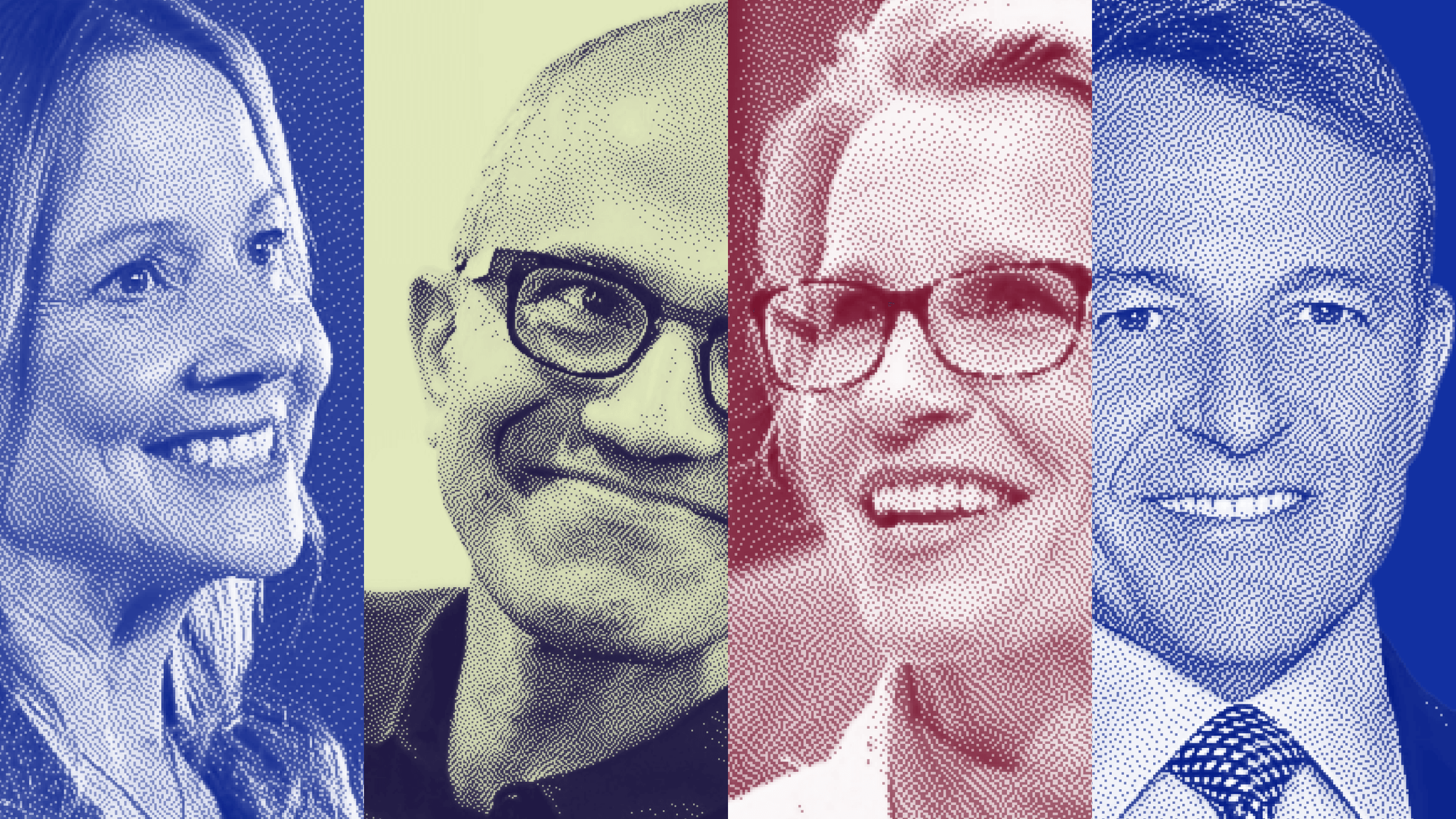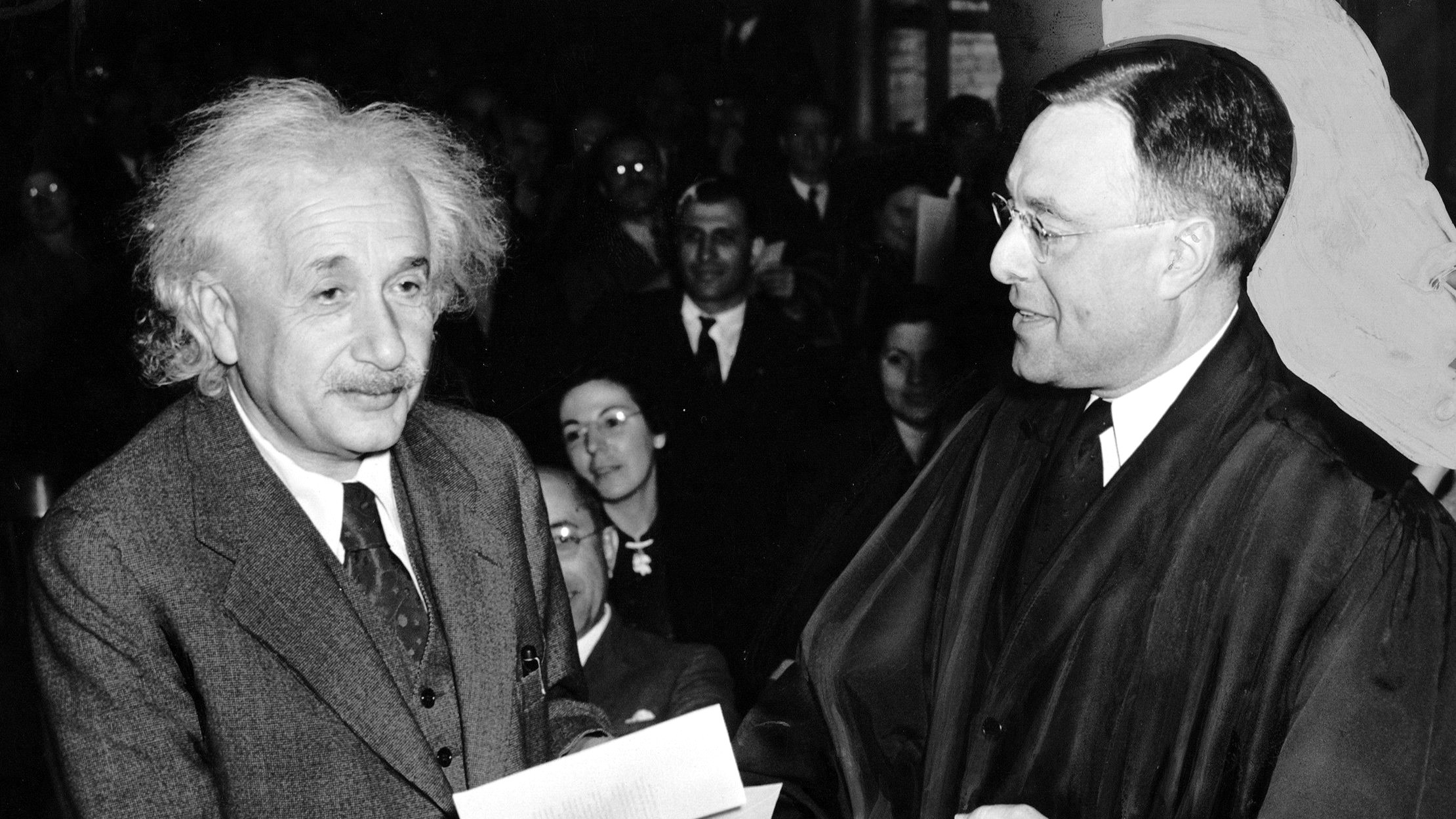Diversity & inclusion: You can’t have one without the other

This month’s release from Big Think+ is all about diversity and inclusion. These two intertwined objectives are on our minds a lot lately for their importance in the company cultures we strive to create, and for the benefits a workforce of many perspectives provides. We’ve also realized that their implementation is not as simple as checking-off demographic categories while hiring.
To get diversity and inclusion right requires a deep understanding that can only come from a thoughtful examination of the problems and opportunities they embody. This is exactly the kind of thing at which Big Think+’s self-directed learning programs excel: Each is a comprehensive exploration of an important, often complicated, business topic with instruction provided by renowned experts who share their experiences, successes, and insights in easily digestible videos.
A great example of this is the video “Move the Needle on Inclusion and Diversity,” by Kelly Palmer, Chief Learning Officer of Degreed, and former Chief Learning Officer of LinkedIn. In the video, she flips “diversity and inclusion” around. She’s come to view inclusion as the driver of long-lasting, self-perpetuating diversity.
Has focusing on diversity worked?
In her video, Palmer talks about how over the last 10 years many companies have tried to achieve greater diversity mostly through hiring, but have found that simply employing the under-represented isn’t enough to construct the kind of blended, dynamic workforces they sought. While representation percentages did go up a bit, that’s about as far as things got. Diversity without true inclusion, it turns out, might as well be tokenism that does no one any favors. Leading with diversity has been insufficient to, in Palmer’s phrase, “move the needle.”
Lead with inclusion
A better, more promising long-term solution, says Palmer, is to begin with inclusivity. At LinkedIn, Palmer says, “we want everybody that comes to LinkedIn to feel really great about being here and feeling like they belong.” She’s convinced that only when inclusion is in place can diversity really take root and become organically sustainable. After all, by then a company will have become accustomed to — likely even dependent upon — the myriad benefits a diverse body of talent provides.
Top-down and bottom-up
To become inclusive requires having the enthusiastic support of the executive suite, says Palmer, but that’s not all. Success requires both a top-down and a bottom-up approach.
The way to achieve that, Palmer asserts, is to build inclusion into as many phases of the employee life-cycle as possible. From onboarding through learning programs, from management development through help at avoiding unconscious bias, opportunities for promoting an inclusive ethos abound. Last year, for example, Palmer says LinkedIn presented “cultural awareness” workshops in which employees were surveyed for their feelings about inclusion and diversity at LinkedIn. In her video, Palmer summarizes the feedback the company received as either “good,” or “great for us to hear,” a perhaps euphemistic way of saying that even the negative feedback was important and useful because it gave management a bottom-up view of areas in which they needed to do better.
Such feedback, and the eagerness to receive it is all part of an ongoing process that’s never complete, and in which there’s always more to learn. Still, when inclusion has truly become part of a company’s everyday DNA, says Palmer, vibrant and sustainable diversity can finally follow.




